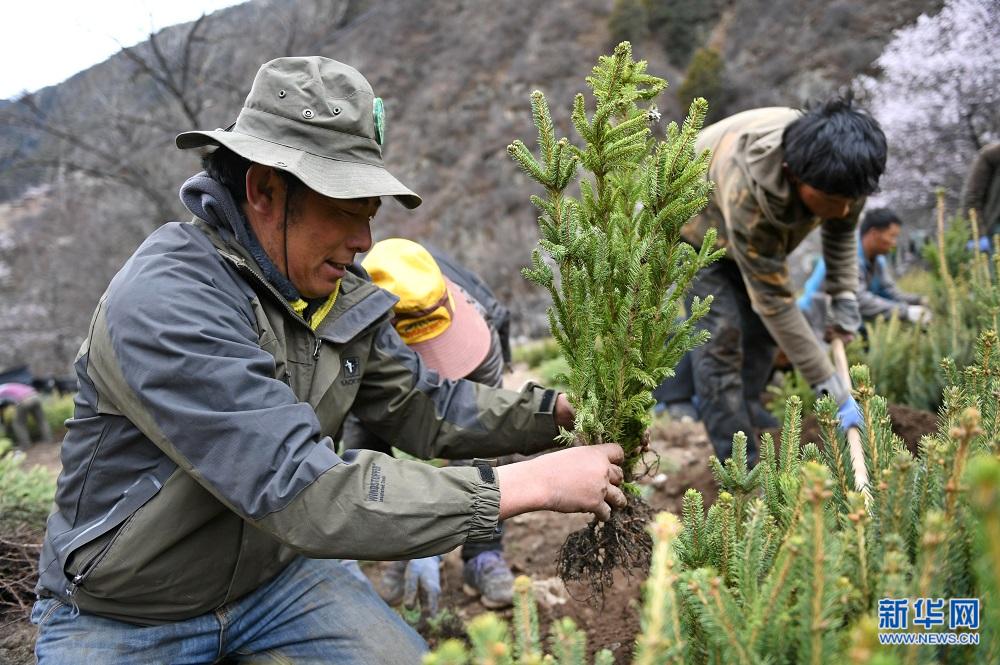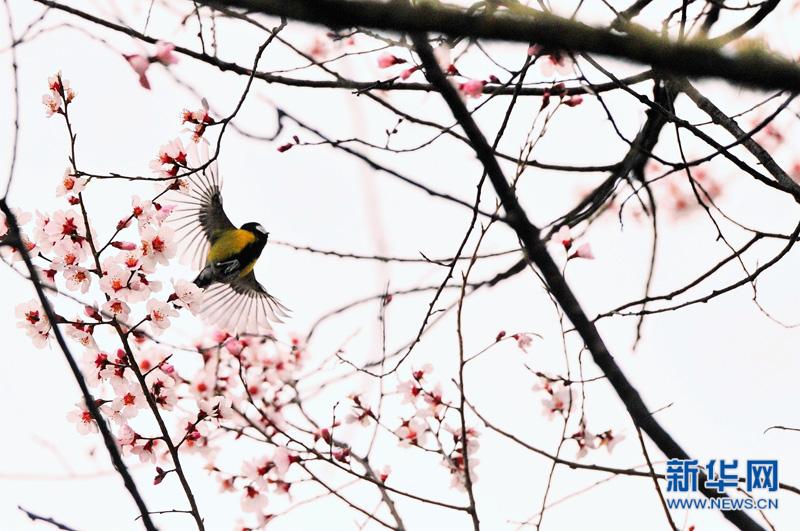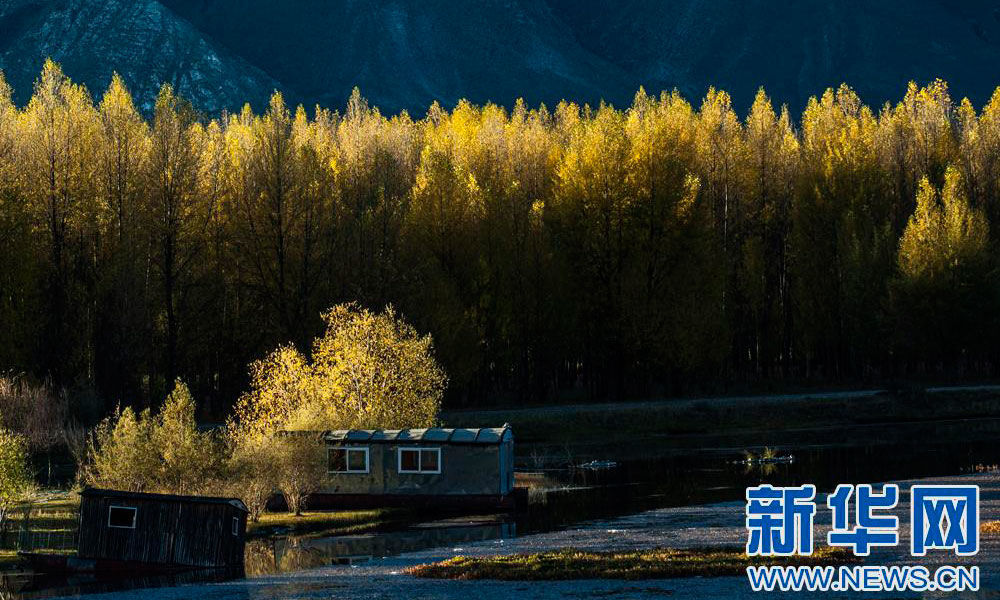Devoted tree planter beside Yarlung Tsangpo River
Thick cedars block the blistering hot sun on the plateau. "It's not fake, it's a real mountain" After thinking for a moment, Bian Jiu corrected himself and said with a hint of humor, "It's actually a fake mountain that looks very real!" The tall and dark-skinned Bian Jiu proudly talks about the new landscape in the nursery.
Bian Jiu is 59 years old this year and is a villager from Luodui village, in Chanang County, Lhoka prefecture of Tibet. He has been planting trees along the Yarlung Tsangpo River for 33 years and has been running his own personal nursery for 13 years. The nursery covers an area of 450 mu (30 hectares) with a total of 56 different varieties of trees and more than 2.6 million nursery trees.
The "real fake mountain" that Bian Jiu is referring to is actually a tall mound, on which there are flowers, grass, a few strange stones and some small sprinklers.
Bian Jiu started growing trees in the 1980s when the 30-year long afforestation project along the Yarlung Tsangpo River began. It is under a temperate arid climate in th Yarlung Tsangpo River region, and it is very dry in winter and spring, with floods in summer and autumn, and fierce winds and blowing sand appear intermittently. Before the 1980s this area was always a blank spot for afforestation.
In 1990, comprehensive development was introduced in the river basins of the "One river and two streams" of Tibet (referring to the Yarlung Tsangpo River and its tributaries, Lhasa River and Nyangchu River), leading to large-scale afforestation on both sides of the Yarlung Tsangpo River which lasted for years.
In 1998, Bian Jiu led a team of 20 villagers to build a nursery base at a 300 mu (20 hectares) plot of reclaimed land in Kyerpa Township, Nedong District,Lhoka. Afterwards, he took care of the nursery for six years. He benefitted a great deal by establishing relationships, learning growing techniques and gaining an understanding of nursery management. He also saved up some money and then he began calculating how much it would cost to set up his own personal nursery base.
"The village and fields were surrounded by sand, and there was no point in making any more money outside. If we could plant more trees in the county, it should be able to keep the overwhelming quantity of sand at bay."
Bian Jiu remembers clearly his initial start-up capital: Tibet Autonomous Region and Lhoka City Forestry Bureaus pooled together 600,000 yuan (89,225 US dollars) of funds for construction of the individual nursery; the TAR Water Conservancy Department provided support with 200,000 yuan (29,742 US dollars); Chanang County government provided land free of charge; and Bian Jiu himself invested 200,000 yuan.
In 2004, Bian Jiu established Chanang County's first individual nursery base.
When the base had just been built, desertification was a serious problem and planting trees was extremely difficult. But he firmly believes that there isn't such a thing as bad land, just bad gardeners. After 13 years of painstaking management, Bian Jiu's nursery now covers an area of 450 mu (30 hectares) with more than 2.6 million nursery trees. On average, more than 400,000 trees are outplanted annually with an annual output of more than 2 million yuan (297,415 US dollars). According to estimates, Bian Jiu's nursery is worth over 100 million yuan (15 million US dollars).
Bian Jiu's afforestation work is an epitome of afforestation along the Yarlung Tsangpo River. The whole Yarlung Tsangpo River has already established a green corridor that is 160 km long and has an average width of 1,800 meters.
Tsethang Township has two environmental air automatic monitoring stations and since 2014 they have collected 6,500 bits of atmospheric monitoring data. This has shown that dust weather has decreased from 60 days in the 1980s to just eight days in 2016.
Your Comment
Name E-mailRelated News
-
;
-
-

-
Trees planted to overcome poverty in Chamdo, Tibet
In recent years, Chamdo City in southwest China’s Tibet combined projects of returning farmland to forests with poverty alleviation, recruiting poor households to participate in afforestation in key areas.
-
-
-

-
Tibet to build plant breeding center
Tibet looks to complete a plant breeding center after three years' construction to nurse 40 million seedlings and produce 8 million young plants annually in 2019 to meet the increasing need for forestation.
-
-
-

-
Tibet to plant more forests
Southwest China's Tibet autonomous region will plant more forests in the next few years, the regional department of forestry said Friday.
-
Based in Lhasa, Tibet Vista is a Tibet travel agency that specialized in Tibet permit, and Tibet tours for both private and group travelers at a local price!
•4 Days Lhasa City Group Tour from USD 460 •8 Days Everest Base Camp Group Tour from USD 850 •15 Days Mt.Kailash Group Tour from USD 1780 •2016 Tibet Train Tours from Beijing, Shanghai, Chengdu, Xining,etc










